10 Reasons Some Classic Cars Came With Four Pedals
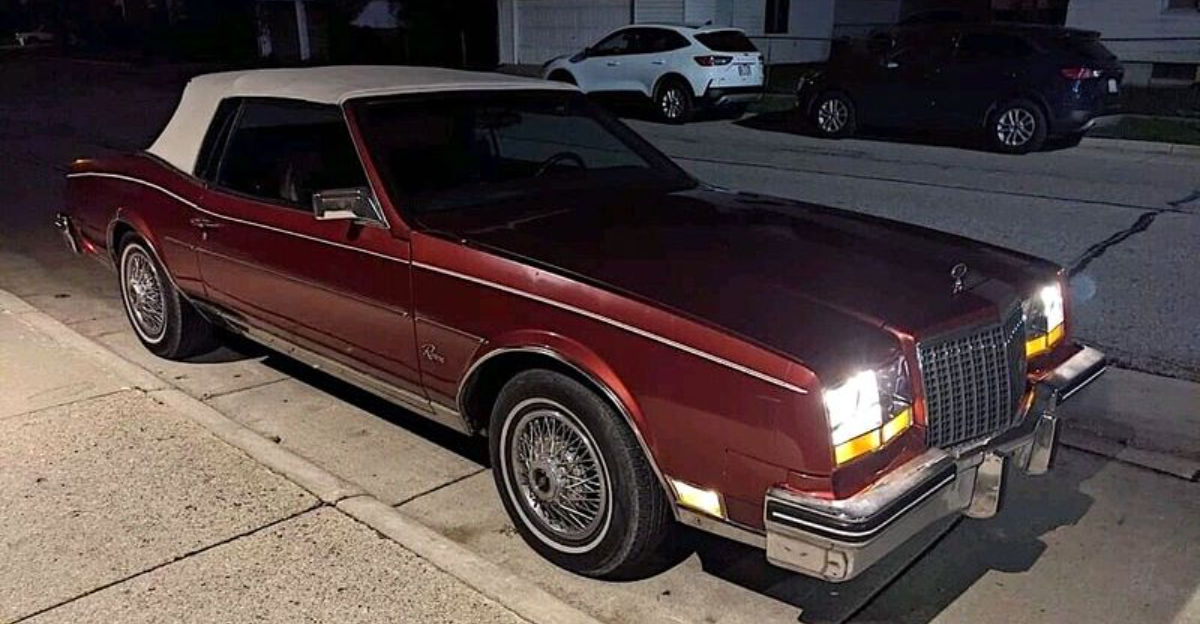
Four pedals in a classic car? It sounds like something out of a driving nightmare, right?
But believe it or not, some vintage beauties had that extra pedal tucked away, adding a layer of complexity to their already thrilling driving experience.
I remember the first time I got behind the wheel of a 1960s Shelby Cobra with four pedals. At first, I thought I was in over my head, but once I figured out what each one did, I was hooked.
That extra pedal wasn’t just for show. It was part of what made these cars so unique. It wasn’t just about driving; it was about mastering the art of the road.
1. The Trusty Manual Clutch
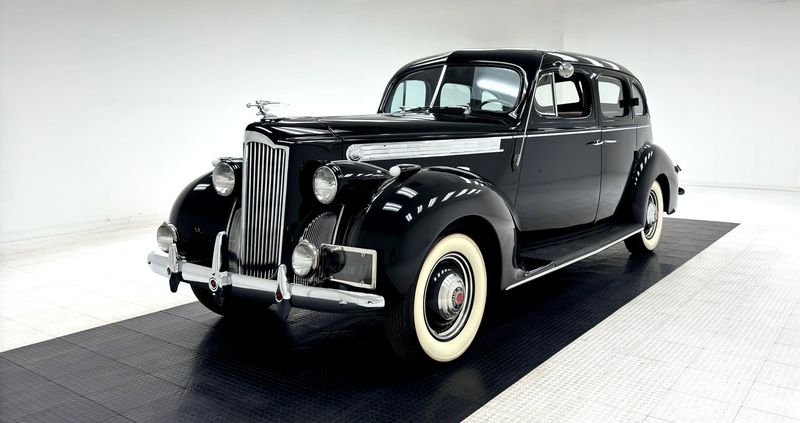
Before automatic transmissions became mainstream, the clutch pedal reigned supreme in almost every automobile.
Positioned far left on the floorboard, this pedal disconnected the engine from the transmission when pressed.
Drivers would hold it down while shifting gears with the stick shift, then carefully release it to engage the new gear.
The art of smooth clutch operation separated skilled drivers from novices, with jerky starts and stalls being the telltale signs of beginners.
2. Manual Starter Pedal
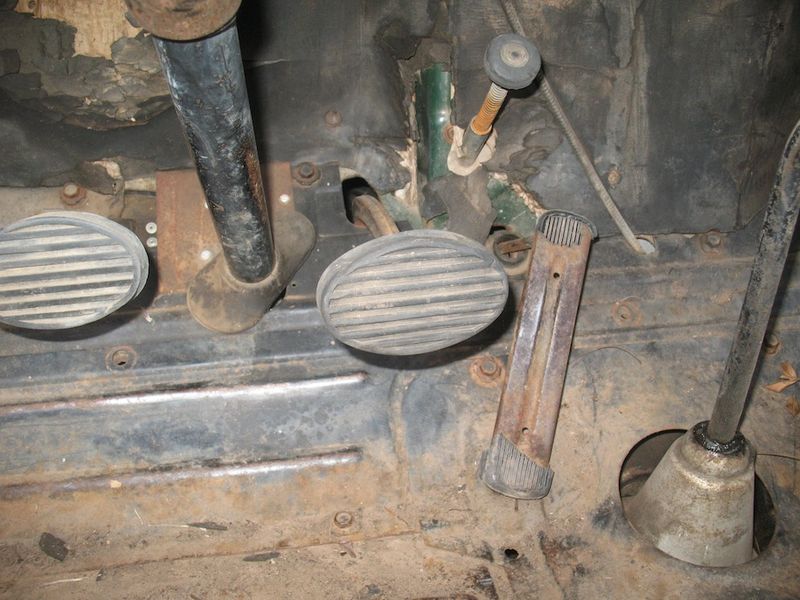
Long before electric starters became standard, many early automobiles featured a floor-mounted starter pedal.
Unlike today’s simple key turn or button press, getting these old machines running required physical effort.
The driver would stomp on this hefty pedal, engaging a spring-loaded mechanism that cranked the engine to life.
Ford’s Model T famously featured this setup, creating a morning ritual that modern drivers will never experience: the satisfying thump of foot-starting your automobile.
3. High/Low Beam Floor Switch
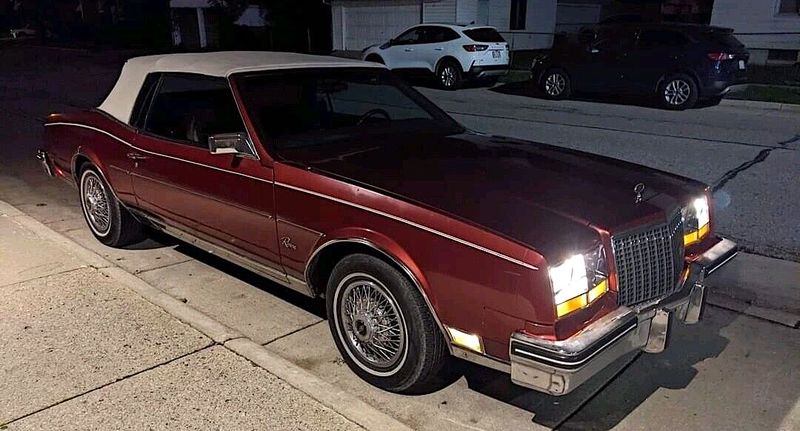
Headlight control wasn’t always at your fingertips. Many vintage automobiles featured a floor-mounted dimmer switch operated by the left foot.
Positioned in the upper left corner of the footwell, this circular button let drivers toggle between high and low beams without removing hands from the wheel.
The satisfying click as you pressed it became second nature to drivers of the era.
This ingenious solution remained common in American cars through the 1970s before finally migrating to the steering column and eventually dashboard controls.
4. Manual Throttle Control
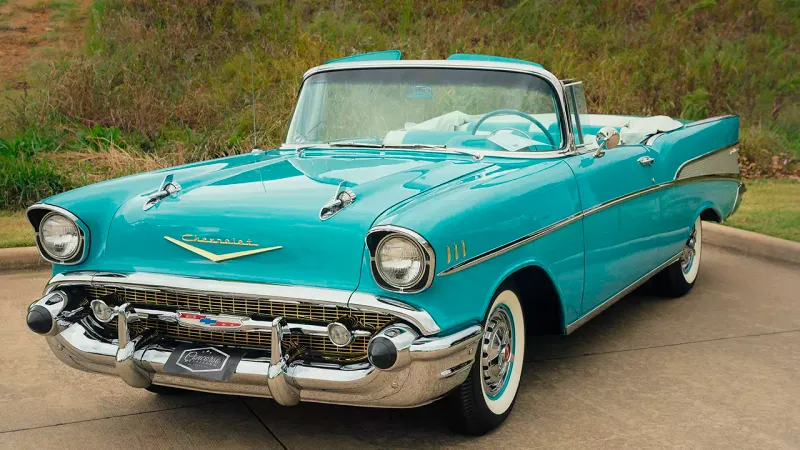
Cruise control’s great-grandfather was actually a pedal! Some luxury classics featured a separate throttle control pedal that could be set to maintain a steady speed on long drives.
Unlike today’s electronic systems, this mechanical solution required physical adjustment.
Drivers would establish their desired pace using the main accelerator, then engage this secondary pedal to hold that position.
A clever hack for its time, this extra pedal saved tired right feet on cross-country journeys before modern cruise control buttons appeared on steering wheels.
5. The Spark Advance Control
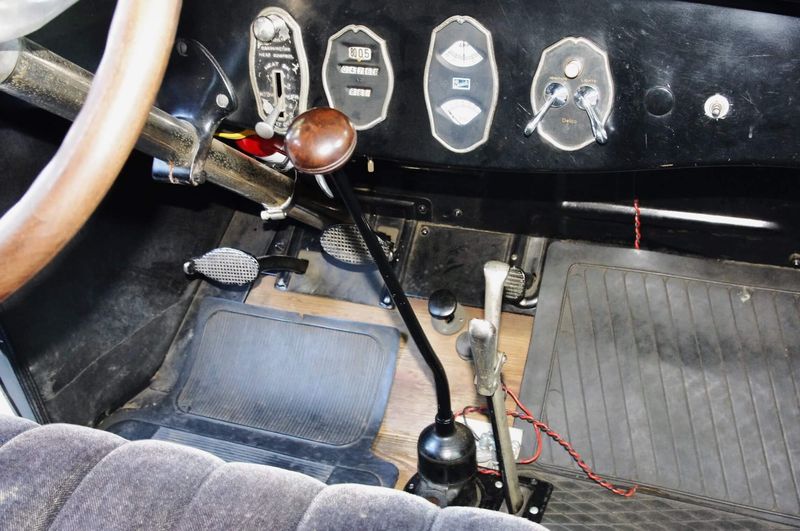
Timing is everything in early engines. Many vintage cars featured a spark advance pedal that let drivers manually adjust ignition timing on the fly.
This critical control determined when the spark plugs fired in relation to piston position.
Advancing the spark meant better performance at higher speeds, while retarding it helped with starting and low-speed operation.
Skilled drivers constantly adjusted this pedal based on engine sound and feel. Modern electronic ignition has thankfully eliminated this complex dance of mechanical timing.
6. Exhaust Cutout Control
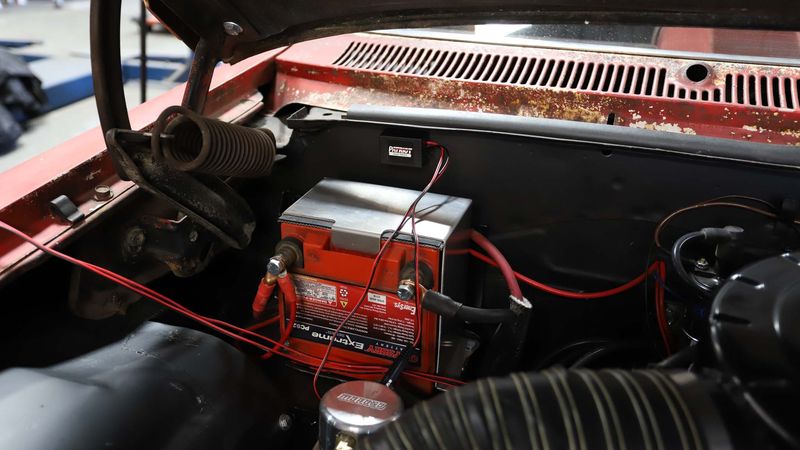
Hot-rodders rejoice! Some performance-oriented classics came equipped with an exhaust cutout pedal that bypassed the muffler system when pressed.
This fourth pedal essentially created an instant straight-pipe exhaust, unleashing the engine’s full acoustic potential.
Perfect for impressing friends or intimidating competitors at stoplights, this feature delivered thunderous sound on demand.
While completely impractical and certainly illegal by today’s emissions and noise standards, this modification gave drivers the best of both worlds – quiet cruising when needed and window-rattling roars at will.
7. The Transmission Brake Pedal
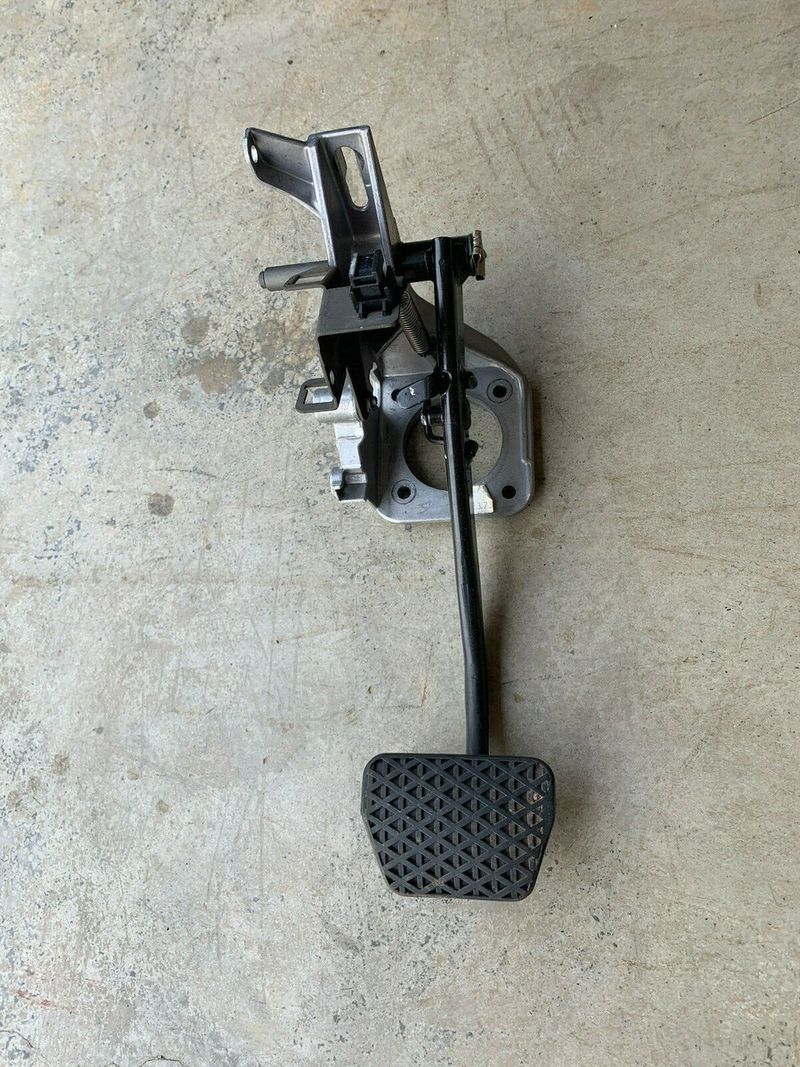
Safety first! Many early automobiles featured a transmission brake pedal that acted directly on the driveshaft rather than the wheels.
This fourth pedal provided an alternative braking system when the main brakes failed – not an uncommon occurrence in the early days of automotive technology.
Positioned to the right of the accelerator, this emergency system required significant force but could bring the vehicle to a stop by essentially locking the transmission.
While crude by modern standards, this backup system potentially saved countless lives before dual-circuit hydraulic brakes became the industry standard.
8. Two-Speed Rear Axle Control
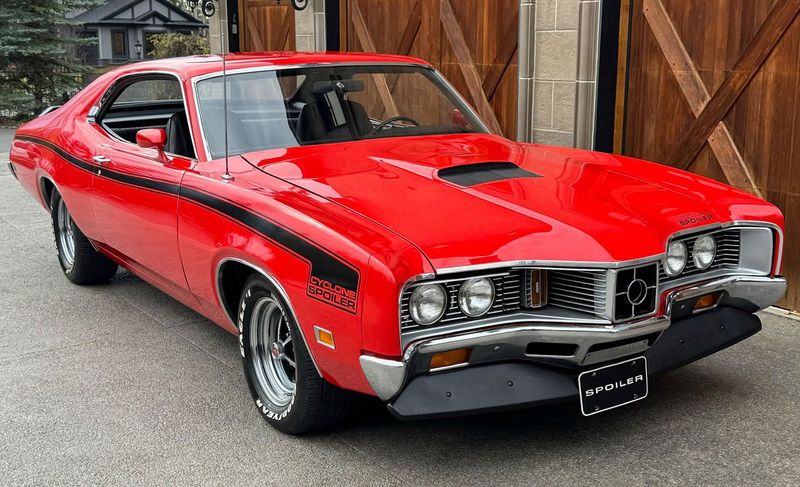
Hill climbing made simple! Before multi-speed transmissions became standard, some trucks and heavy-duty vehicles featured a two-speed rear axle control pedal.
This clever addition effectively doubled the available gear ratios by switching between two different final drive ratios in the rear differential.
Drivers could select the higher ratio for normal driving and shift to the lower ratio for steep hills or heavy loads. The pedal typically locked into position rather than requiring constant pressure.
This mechanical predecessor to modern low-range transfer cases made early trucks much more versatile in challenging terrain.
9. Hydraulic Booster Pedal
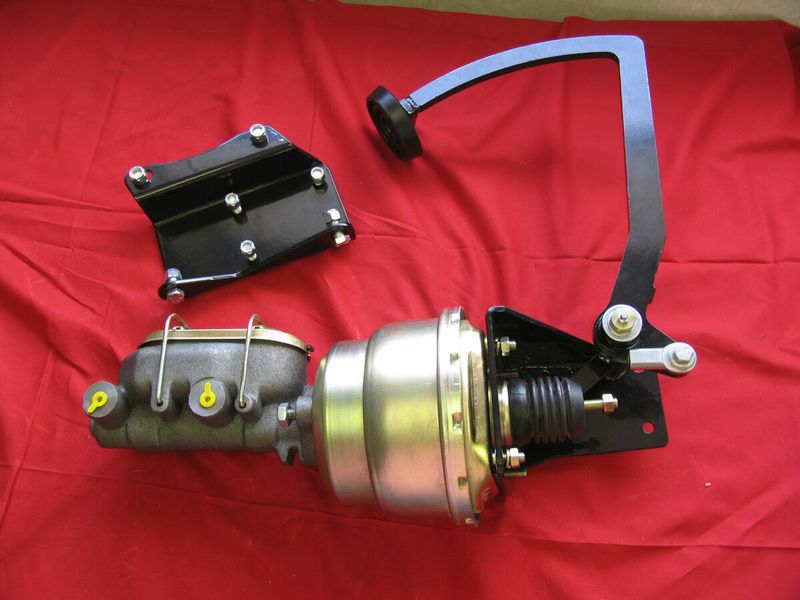
Stopping power on demand! Some larger classic vehicles featured a hydraulic booster pedal that provided extra braking force when needed.
Unlike modern power brakes that work automatically, this system required the driver to actively engage the booster.
When facing a steep downhill or emergency situation, pressing this pedal activated an auxiliary hydraulic system that multiplied braking force.
Commercial vehicles particularly benefited from this technology before vacuum-assisted brakes became universal.
The satisfying resistance and progressive action of these systems gave drivers confidence when hauling heavy loads.
10. The Choke Control Pedal
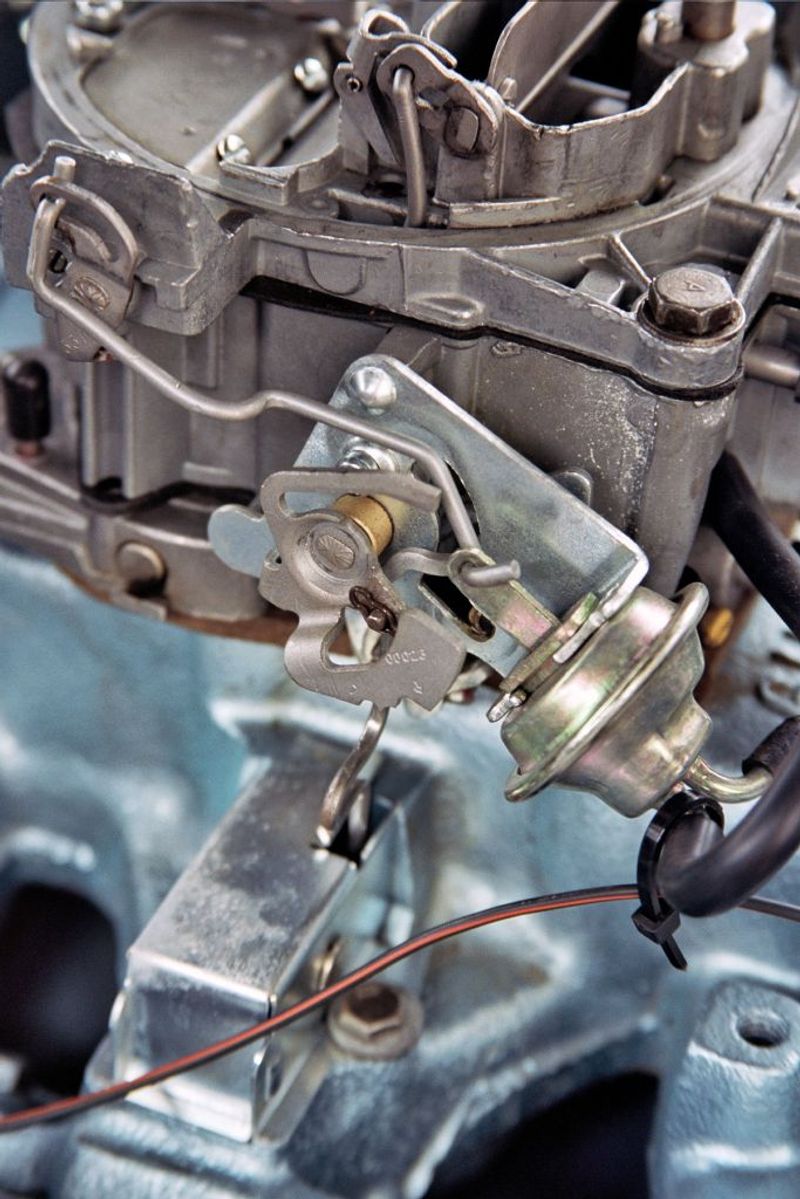
Carbureted engines were notoriously finicky on cold mornings. Enter the choke control pedal – a specialized foot control that enriched the fuel mixture for easier cold starting.
Unlike modern fuel-injected engines that adjust automatically, these classics required manual intervention.
Drivers would press this pedal while starting, then gradually release it as the engine warmed up. Position was crucial – too much choke caused flooding, too little meant stalling.
This temporary fourth pedal later evolved into dashboard-mounted pull knobs and eventually disappeared entirely with electronic fuel injection, much to the relief of sleepy morning commuters everywhere.
